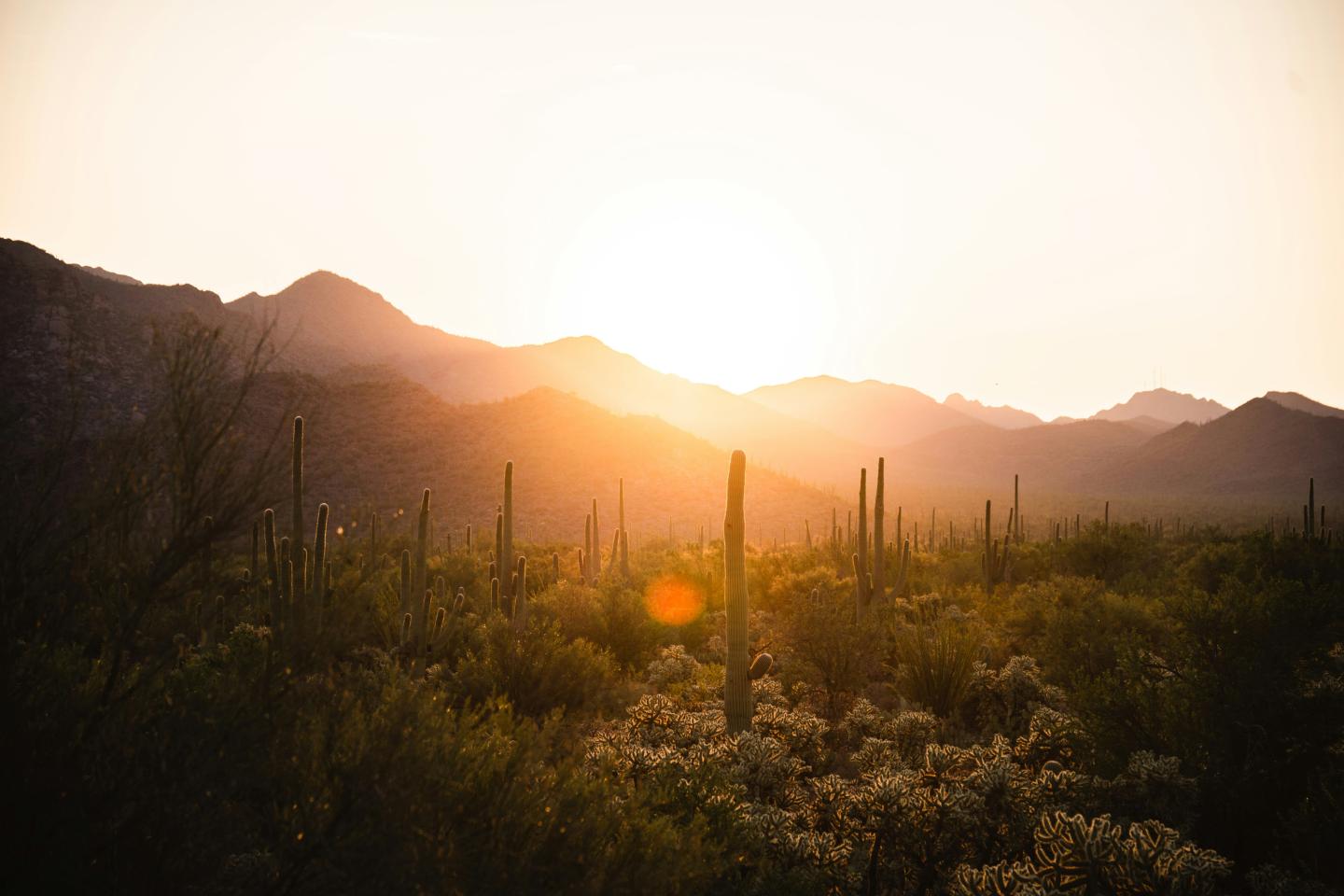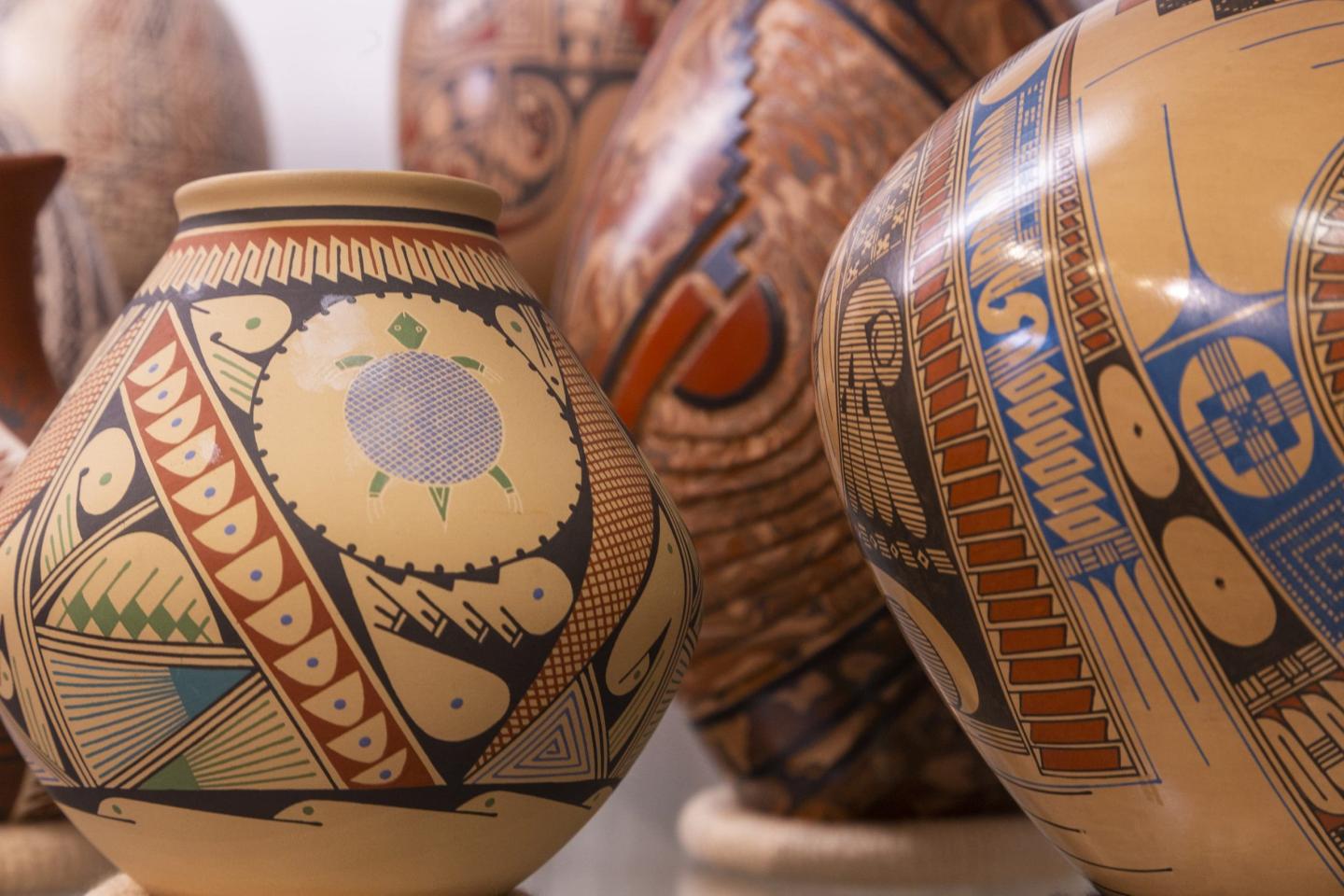
Supporting Science in the Green Desert: An Interview with 2024 Scholarship Recipient Eduardo Gracia Escalante
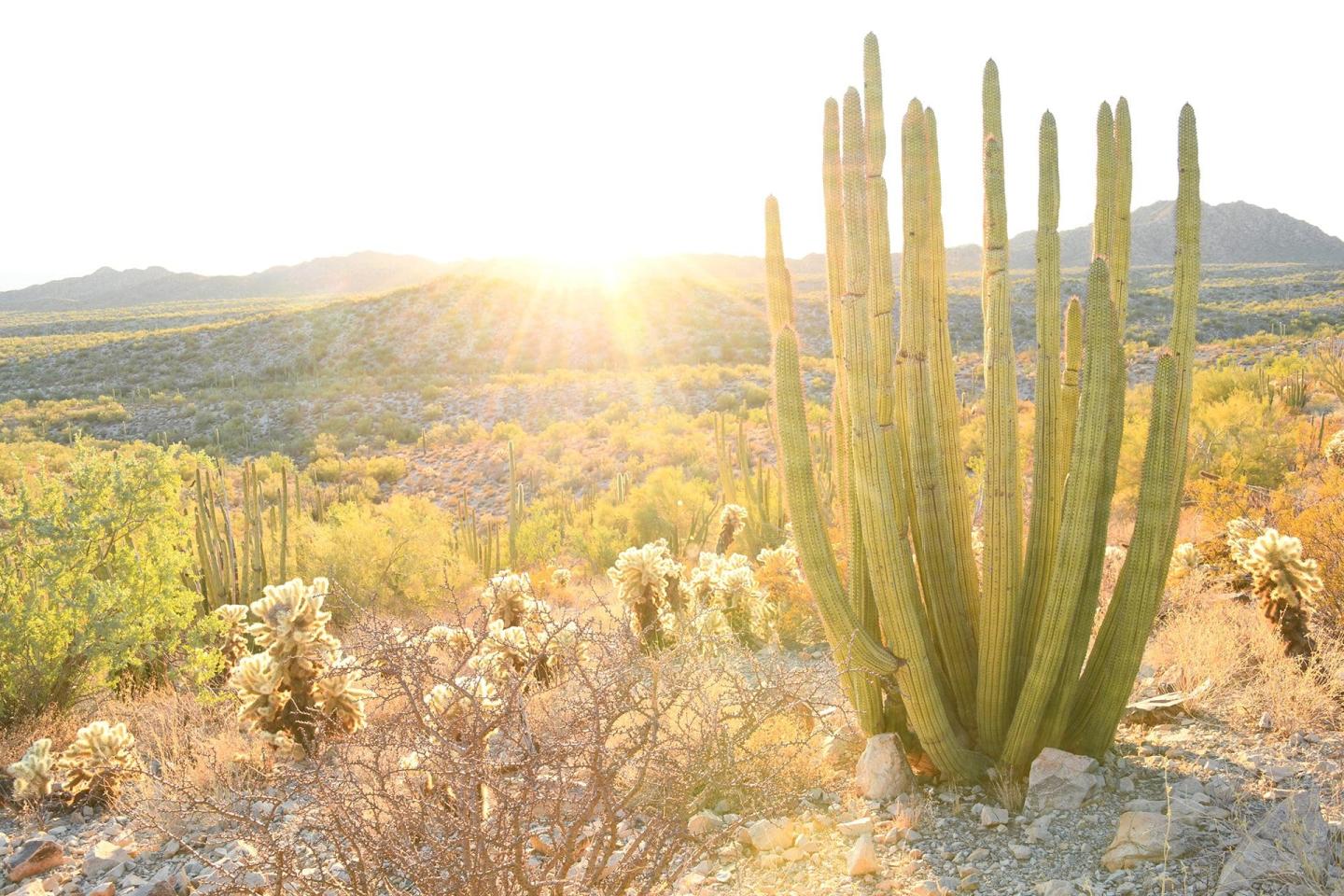
The privilege of working in a national park is never lost on Eduardo Gracia Escalante, recipient of the 2024 Ernest Quintana and Marty Sterkel Education Scholarship. For Eduardo, one of the best parts of his studies in Organ Pipe Cactus National Monument is the simple joy he gets from being outside in nature. And the landscapes of the “Green Desert” hold special importance for him.
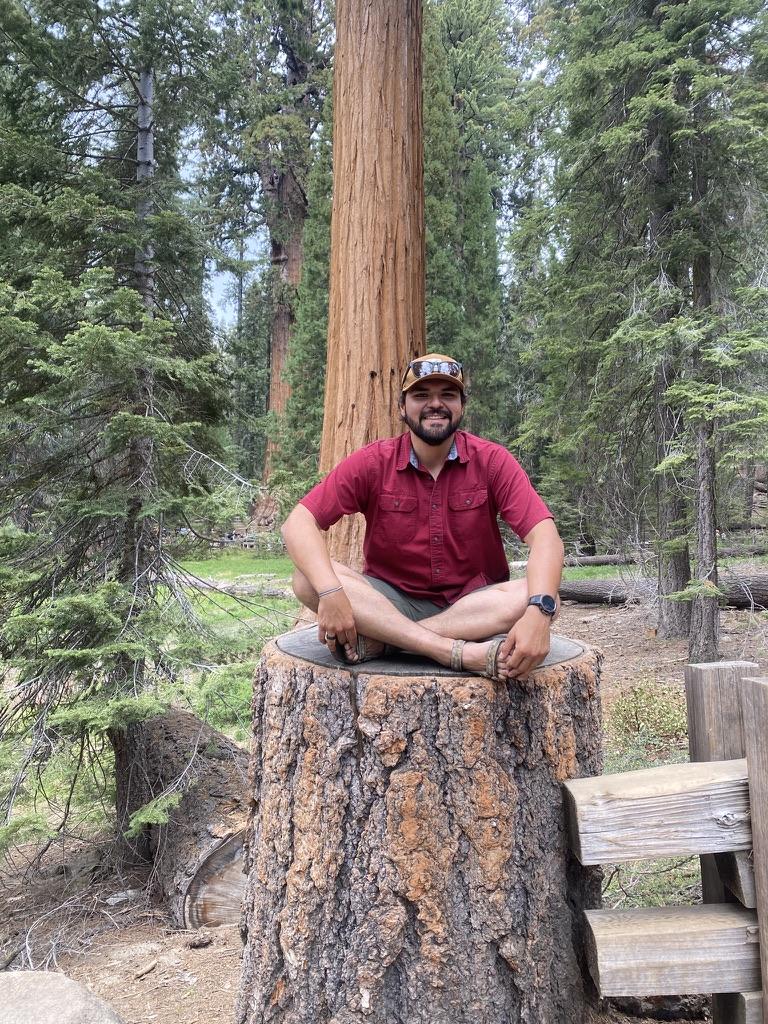
A fascination with the Sonoran Desert
While Eduardo has enjoyed time spent in many national parks like Sequoia and Grand Canyon, his experiences in Organ Pipe Cactus National Monument will always resonate. “When you’re in Organ Pipe, you can see it’s a special place,” he says. “It has unique plants, it has unique wildlife, and it has unique geology. It has all of these things combined [that] make the place really special.”
He discussed how the natural beauty of the landscape is in part due to the unique adaptations and ecological processes that make up the desert. And it’s an interest in preserving these places that drew Eduardo to studying the ecology and biology of the borderlands.
Eduardo cannot point to a specific moment that showed him he wanted to be a biologist. Growing up in a big city in Mexico made it difficult to experience nature. But as a child, Eduardo was fascinated by nature documentaries on Animal Planet and the Discovery Channel. By the time he graduated high school, he knew he wanted to pursue a career that would get him outside.
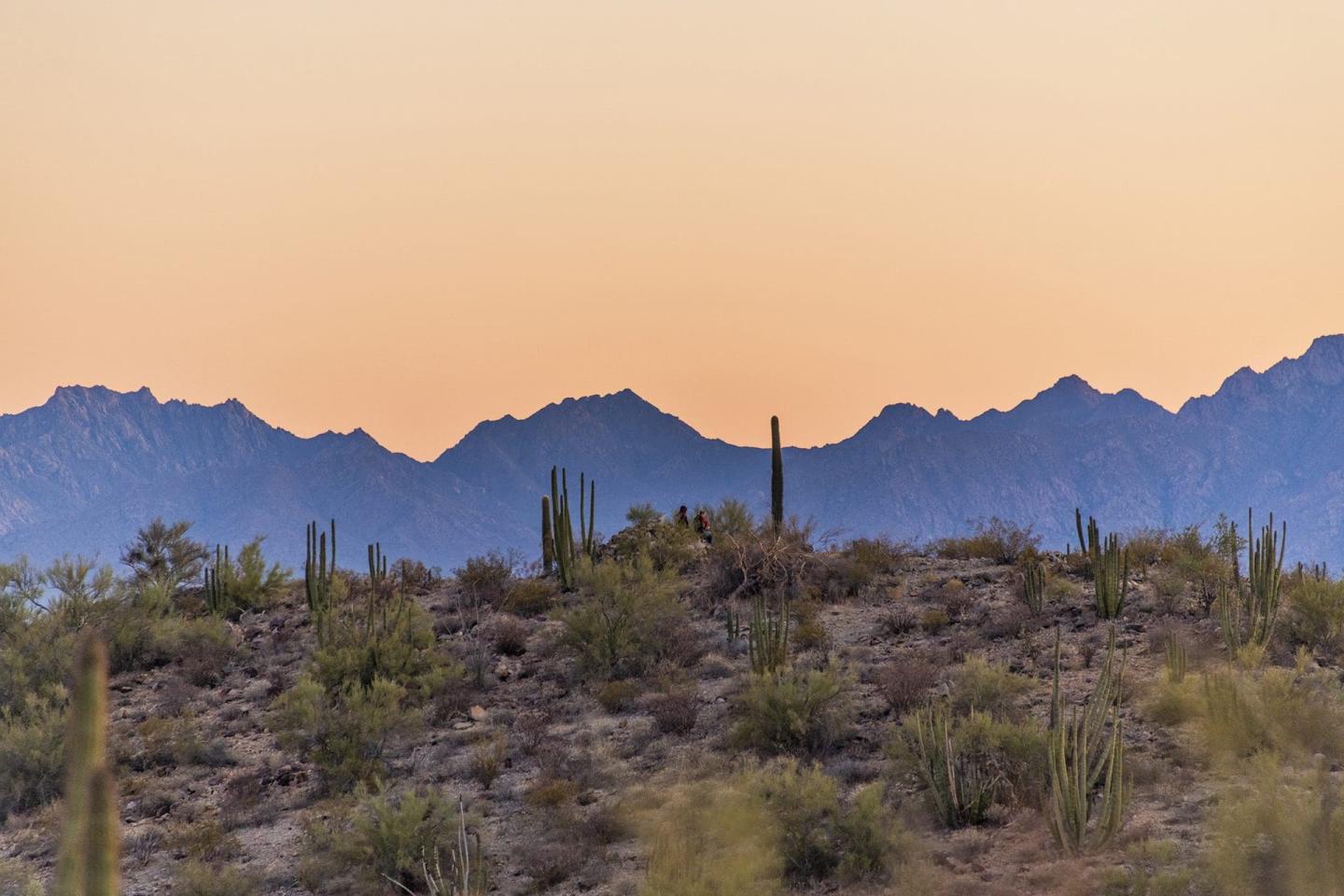
Working toward a Master of Science
Eduardo received his Bachelor of Science in Biology of Terrestrial and Natural Resources from the University of Sonora. After graduating, he worked on a variety of projects focused on the unique biology of the Sonoran Desert, such as Restoration Technician work with the Borderlands Restoration Network, and youth engagement and teaching gardening at the Patagonia Youth Enrichment Center. Eduardo is now pursuing a Master of Science in Natural Resources – Wildlife and Conservation Management at the University of Arizona.
Receiving the Marty Sterkel and Ernest Quintana Education Scholarship
Eduardo’s research focuses on conserving wildlife populations in the borderlands region. Thanks to the scholarship he received from Western National Parks (WNP), he earned his Wilderness Aid Certification and was able to purchase equipment that he uses every time he does field work. He hopes to use the remaining funds from the scholarship to attend a conference and appreciated that WNP’s award had some flexibility in how it could be spent to aid his career, mentioning that other grants often had very strict criteria in how they could be used.
“It meant a lot because it was the first scholarship that I won as a graduate student,” he said. It also felt important to him that the award was named after Ernest Quintana, a Hispanic park ranger.
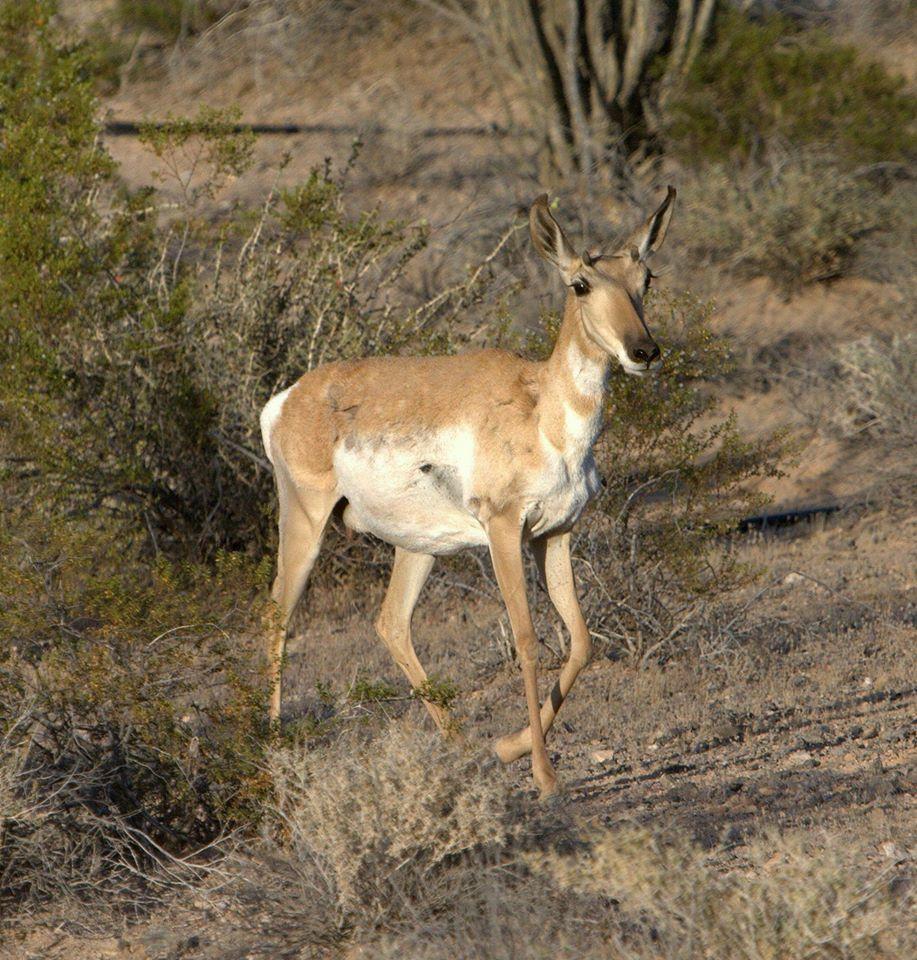
What's next after graduate school
After he graduates, Eduardo wants to continue studying the Sky Island Regions and borderlands of southern Arizona and northern Sonora, as these regions mean so much to him. He wants to pursue a career in wildlife conservation, particularly one that collaborates with many agencies. He spoke fondly of his peers at the National Park Service in Organ Pipe Cactus, saying that he loved that the biologists were so eager to share their enthusiasm for this special place.
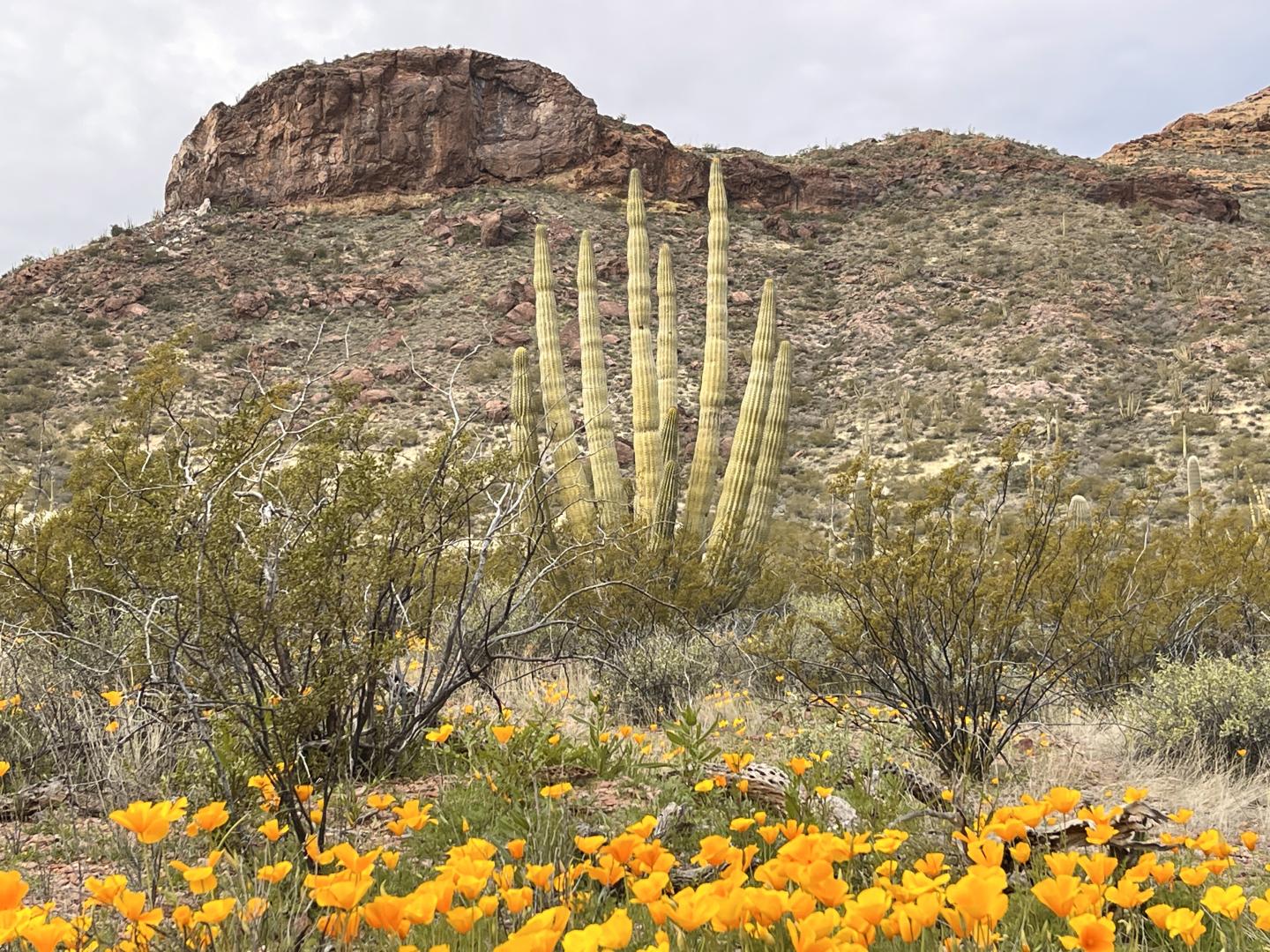
Eduardo also hopes to continue mentoring others, in addition to the two Alta Vista High School students he currently works with. He emphasized the importance of sharing his knowledge and experiences with other people. Partly because he wants to serve as a role model for others, but also because he finds it is fun to do so and enjoys sharing his stories. However, he does hope to take some time off to travel. Graduate school has been filled with meetings, classwork, reading studies, and uploading and analyzing videos for field data.
When you’re in Organ Pipe, you can see it’s a special place. It has unique plants, it has unique wildlife, and it has unique geology. It has all of these things combined [that] make the place really special.
– Eduardo Gracia Escalante
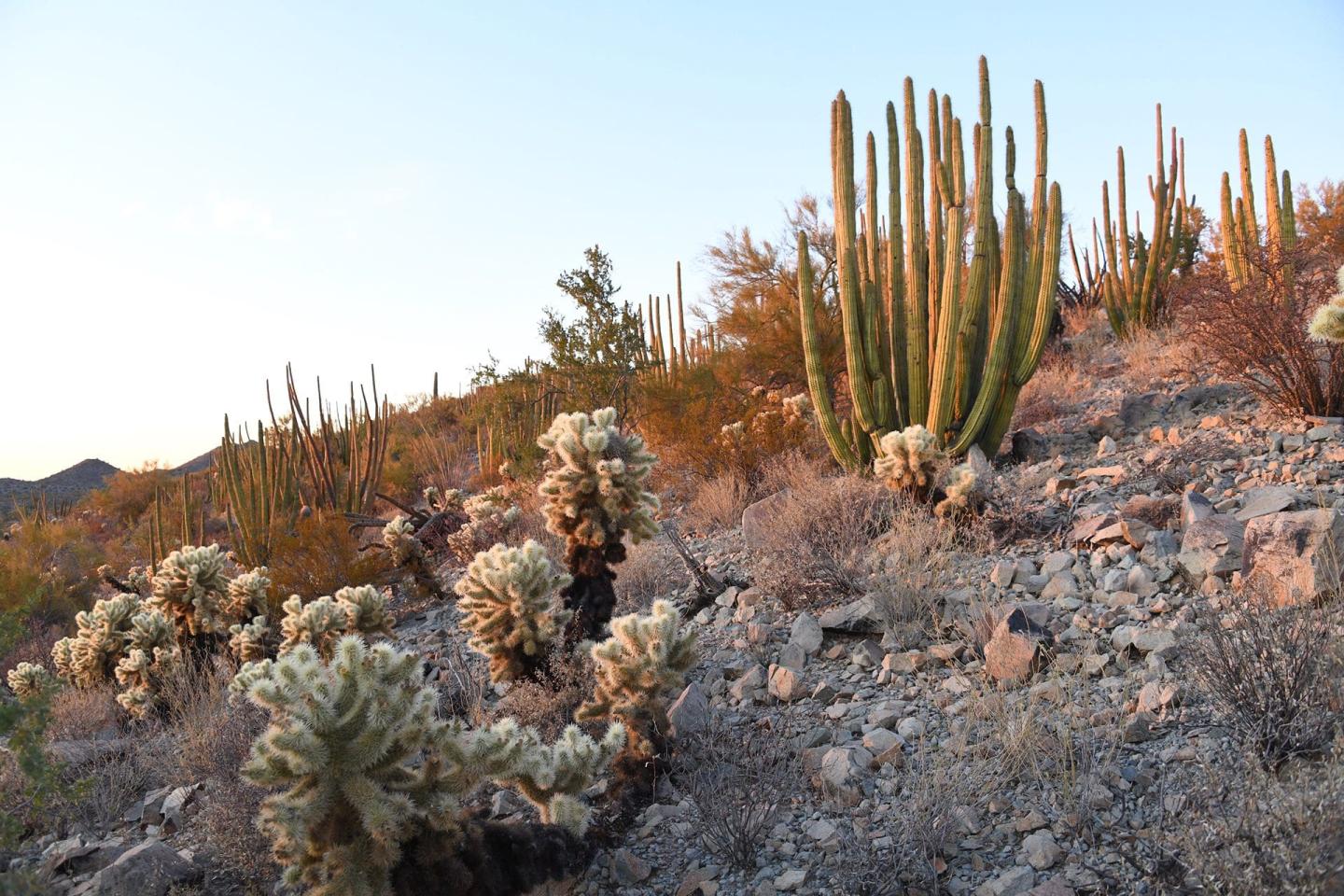
While he's visited and experienced the grandeur of Sequoia National Park and Grand Canyon National Park, Eduardo knows that Organ Pipe Cactus National Monument and its rugged Ajo Mountains will always be important to him. “I’ve had the chance to hike all over those mountains,” he said. “Just spending so much time in that place makes it special to me.”





